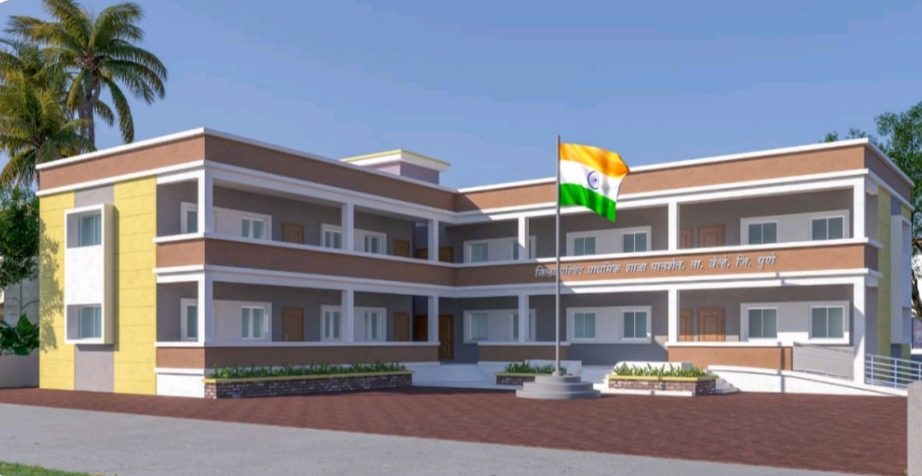Schools, schools everywhere but not many with enough students and teachers. In Pune District, each village has over two schools. 2964 schools have less than 60 students in all 5 primary classes and are taught by only two teachers who more often than not, don’t turn up.
The administration had only two options – either to close down the schools with poor attendance or let things continue as they were.
Pune Zila Parishad (ZP) however, came up with a very innovative idea to facilitate smooth education of children from remote areas of village Panshet, Velhe Taluka, Pune and surrounding places, Pune. It created cluster schools by combining two or more schools.
CLUSTER SCHOOL
Speaking exclusively with Indian Masterminds, Education Commissioner of Maharashtra Mr Suraj Mandhare IAS, said, “Initially the policy was to shut down schools which are having very less attendance. But when I took over, I felt that it’s not the right decision to shut down all the schools.”
The issue was further discussed with the ministers and the department was asked to first go for integration. He said that the integration has to be done skilfully, otherwise some schools are so far away that if they integrate randomly then the students will find it difficult to travel daily.
The decision of Pune ZP to establish a cluster school in Panshet, a region with mountainous terrain with heavy rainfall, has been a courageous move that has taken nearly one and half years of persistent and determined efforts to earn the support of all stakeholders.
Ayush Prasad IAS, CEO, ZP, Pune told Indian Masterminds, “Pune ZP operates 3638 primary schools, of which 403 schools have an enrolment of 150 or more students each. Cumulatively they teach 50% of its 2.30 Lakh students studying in Pune Zila Parishad’s Schools.”
QUALITY INFRASTRUCTURE
Simultaneously, they roped in the Janki Devi Bajaj Foundation, to build the school under Corporate Social Responsibility (CSR).
Mr Prasad said that currently 37 teachers are teaching in 16 schools. After the schools would be clustered into one school, there would be eleven teachers and one headmaster. The teachers could specialise and be trained to teach different classes and different subjects.
MID DAY MEAL
The Mid day Meal Program has further helped in improving the nutrition levels of children and has helped encourage enrolment in school & regular attendance. The foodgrain is provided by the Government and meals are cooked by locals.
Mr. Prasad and his team roped in local leaders who had been regularly complaining about teacher absenteeism in remote schools and discussed with them the possibility of a school that can impart high-quality education.
“Since there could be other possible sites for this school, we encouraged the local leaders to demand the project in their constituency by demonstrating public support. The leaders discussed with school management committees,” he shared.
Seeing the potential for a better quality of education, parents readily gave letters of intent of sending children to the cluster school.
YELLOW SCHOOL BUS
Further, the administration roped in Force motors to provide two yellow buses as children aspire to travel by a yellow bus to reach schools and are excited at the possibility. This would ensure punctuality & day-long attendance of students.
“All the practical issues have been taken care of and if the initiative works, it will set a model for others as well,” Mr. Mandhare said.

































